"The Valentine Bears" by Eve Bunting. Hibernating bears generally miss out on celebrating valentine's day with their significant others but in this story, Mrs. Bear plans a surprise for Mr. Bear. I use this book with Kinders the week of Valentines Day each year. I have them cut out hearts to work on cutting skills that I have run off on Red and Pink construction paper. Bear puppets are assembled using paper bags using the hearts. I think my original copy master for this project was for a Koala bear.
"The Crayon Box that Talked" by Shane DeRolf. This project is a based on a cooperative lesson about working together which is the theme of the book. I previously posted that lesson early in the month as Wacky Bird Mural.
I also use "Toulouse Lautrecs The Circus" from Dover Printing and "Circus: Looking at Painting" by Peggy Roalf to accompany this lesson for the visuals.
I've seen numerous post with some fantastic ideas for using Leo Lionni "Swimmy". I recently used this one with first graders for a lesson on creating space in a composition. I needed visuals of the ocean and fish for the students to draw from. It is also a terrific little story about working together cooperatively.
Fourth graders learn about more current artist for a project incorporating shapes to help them to familiarize with 3D shapes prior to MCAS. One of those artist is Keith Haring and I love the book I wish I didn't have to sleep It is a fun interactive experience with Haring's works along with a brief historical biography. The lesson can be found on my blog as Keith Haring Cubes.
With kinders creating circus projects in March, I also bring in A Color Clown Comes to Town by Jane Belk Moncure. This book is a bit juvenile but the Kinders seem to enjoy it anyway for the predictable outcomes. It's good for color mixing reinforcement. As I read along, students predict the part of the story where the colors are mixed. Using shapes, the lesson is about drawing a portrait of a clown.
The list continues but I will do that with another post. Happy reading, I hope some of these literacy/art connection lesson ideas are helpful to your planning.





























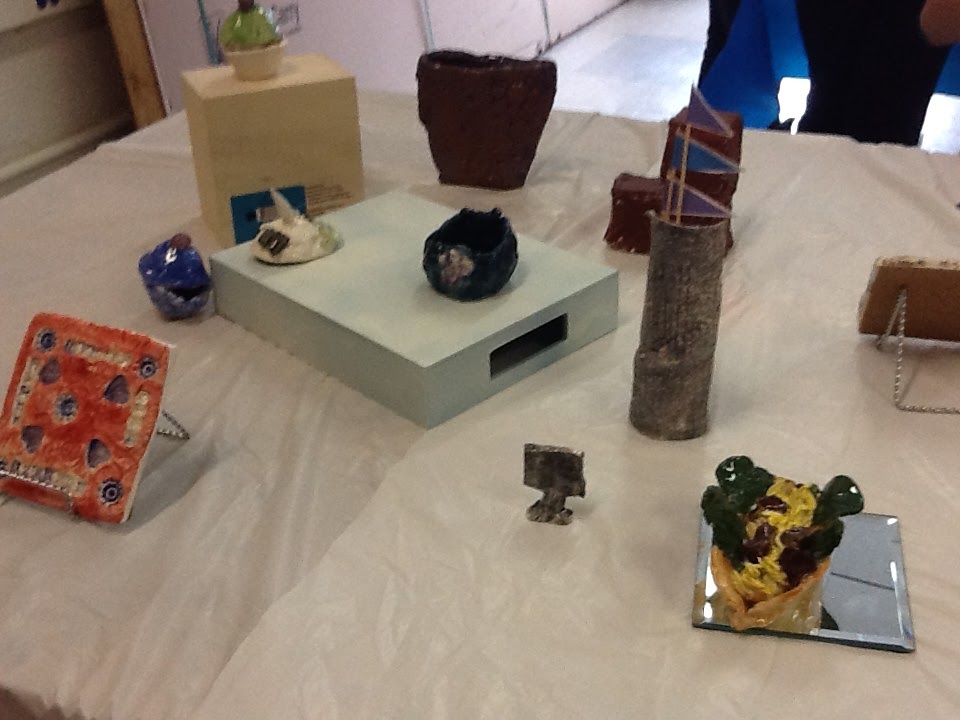.jpg)

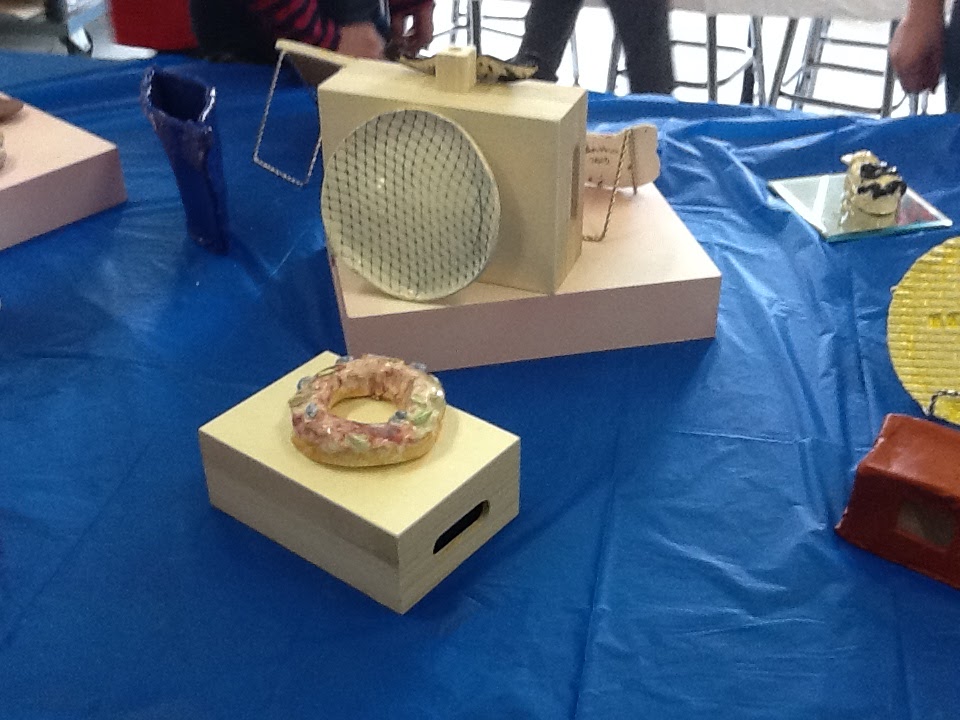.jpg)
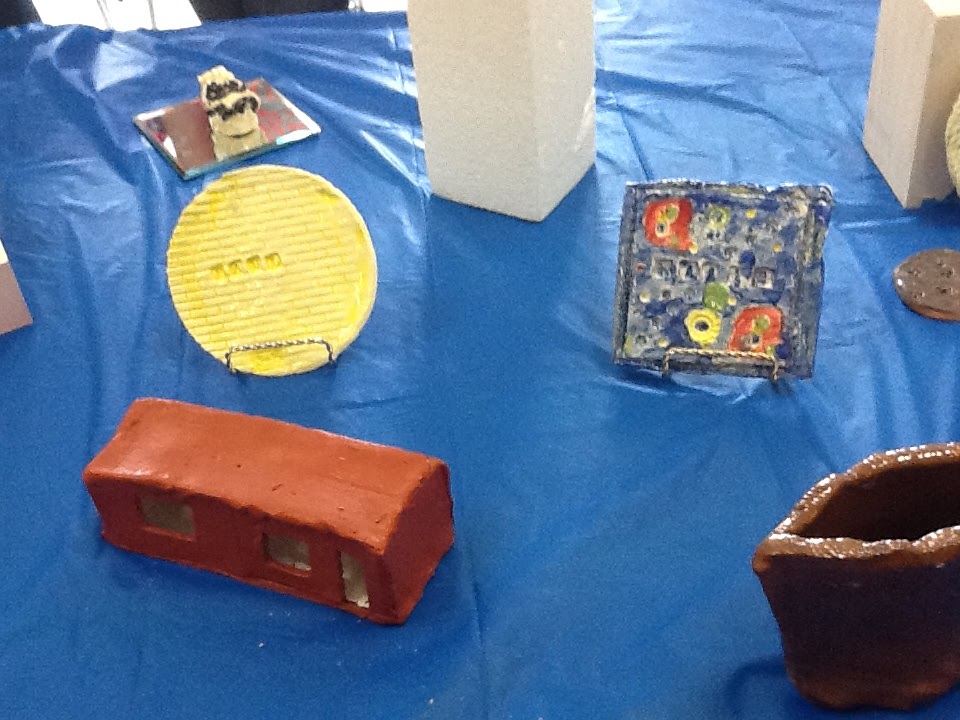.jpg)
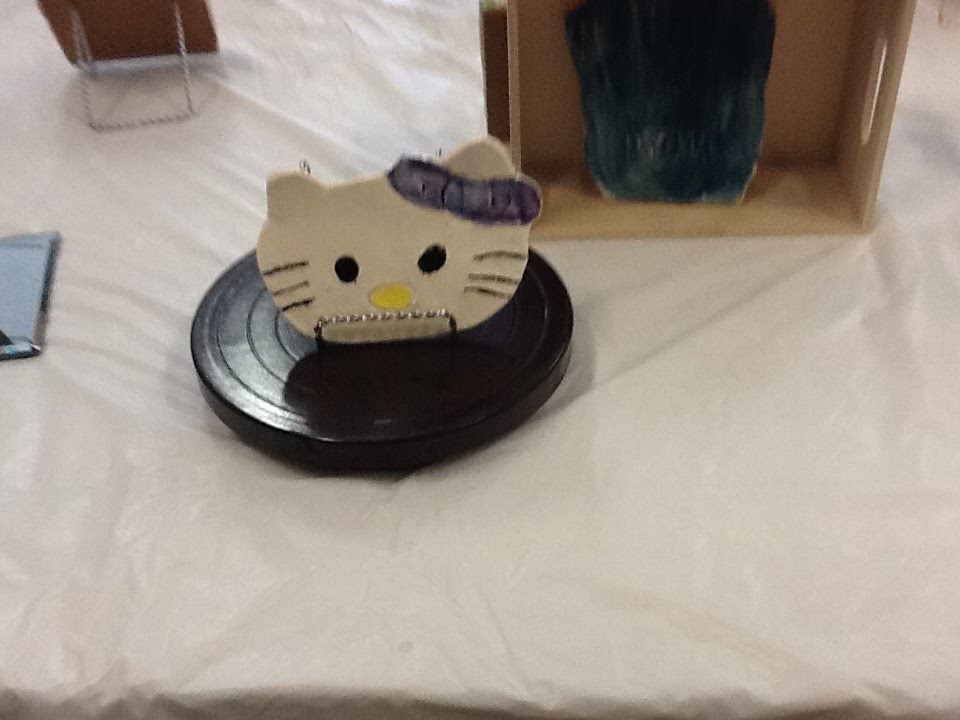.jpg)
.jpg)
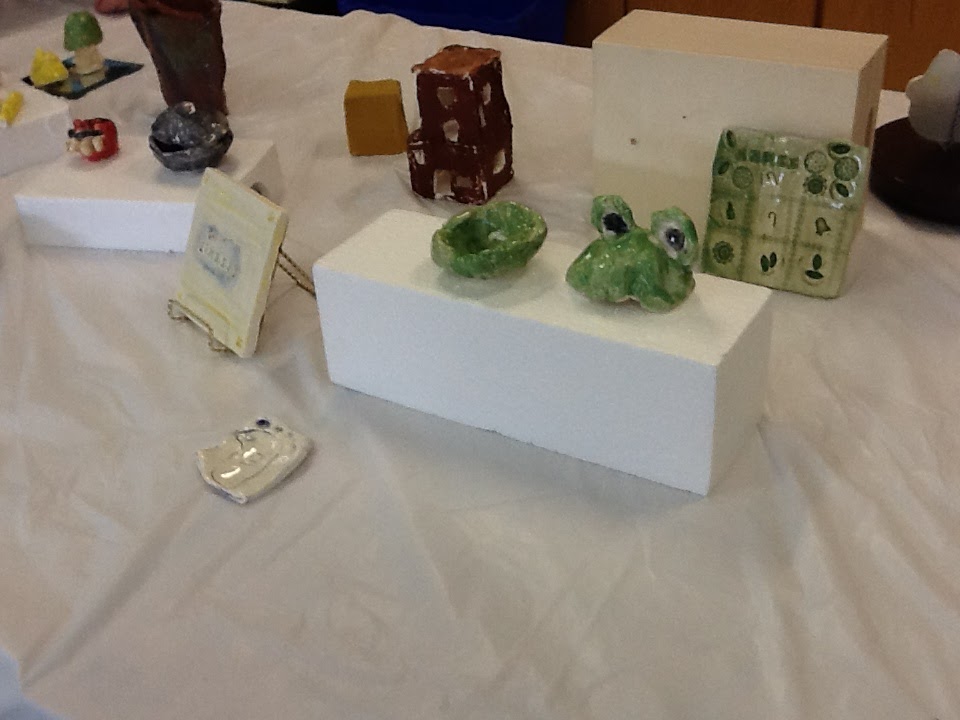+-+Copy.jpg)
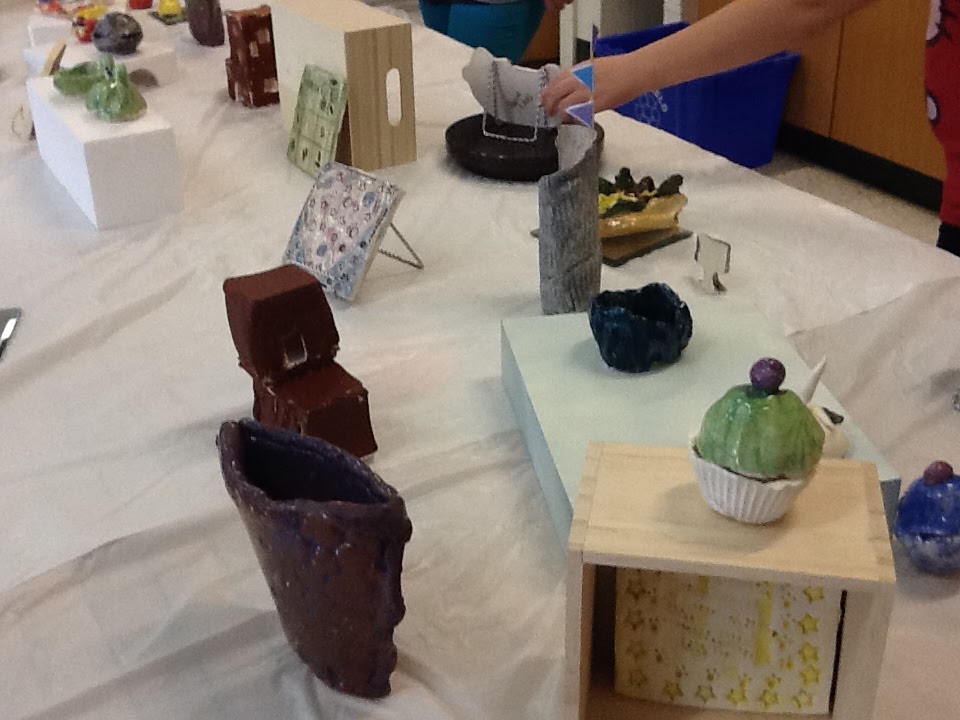+-+Copy.jpg)









